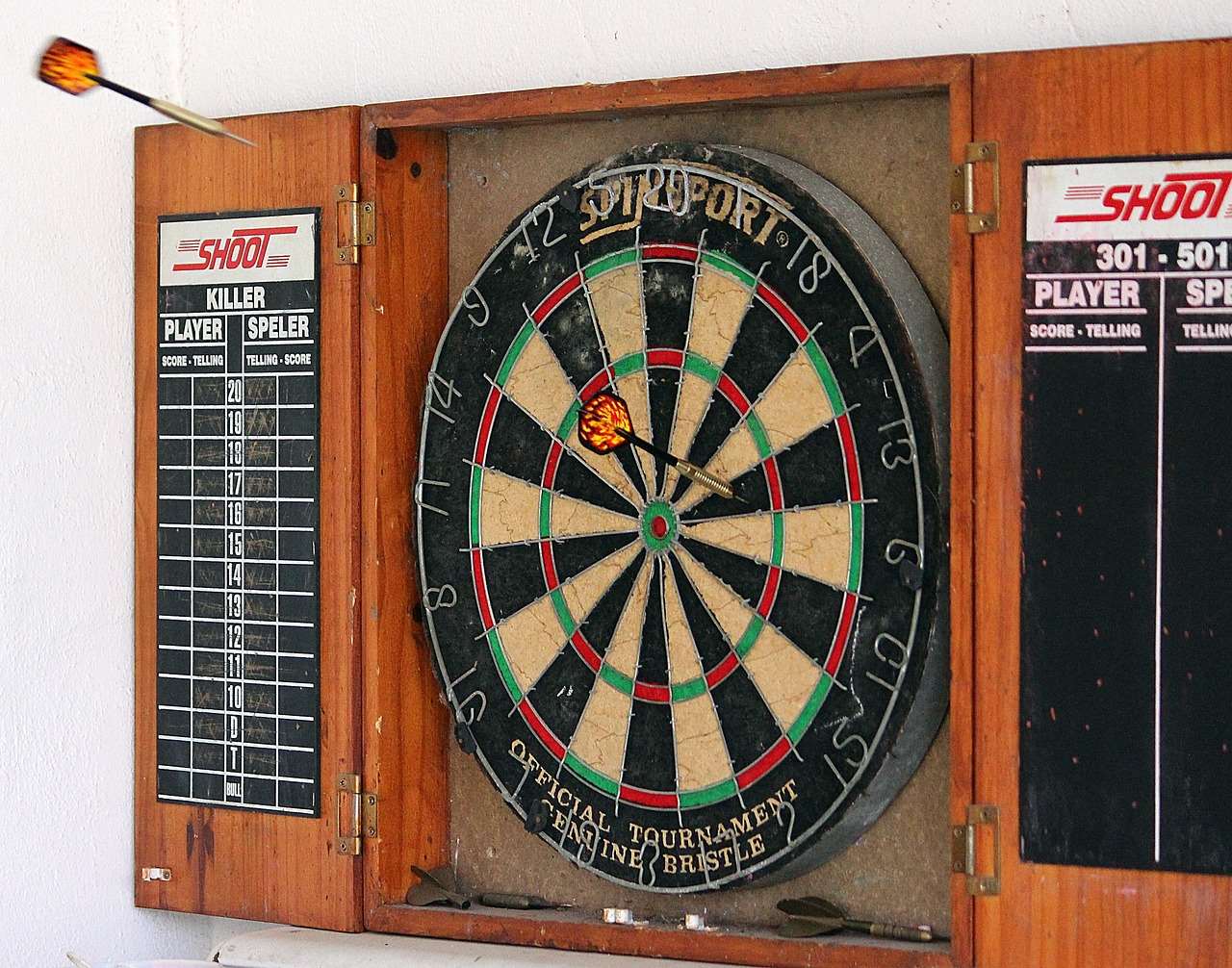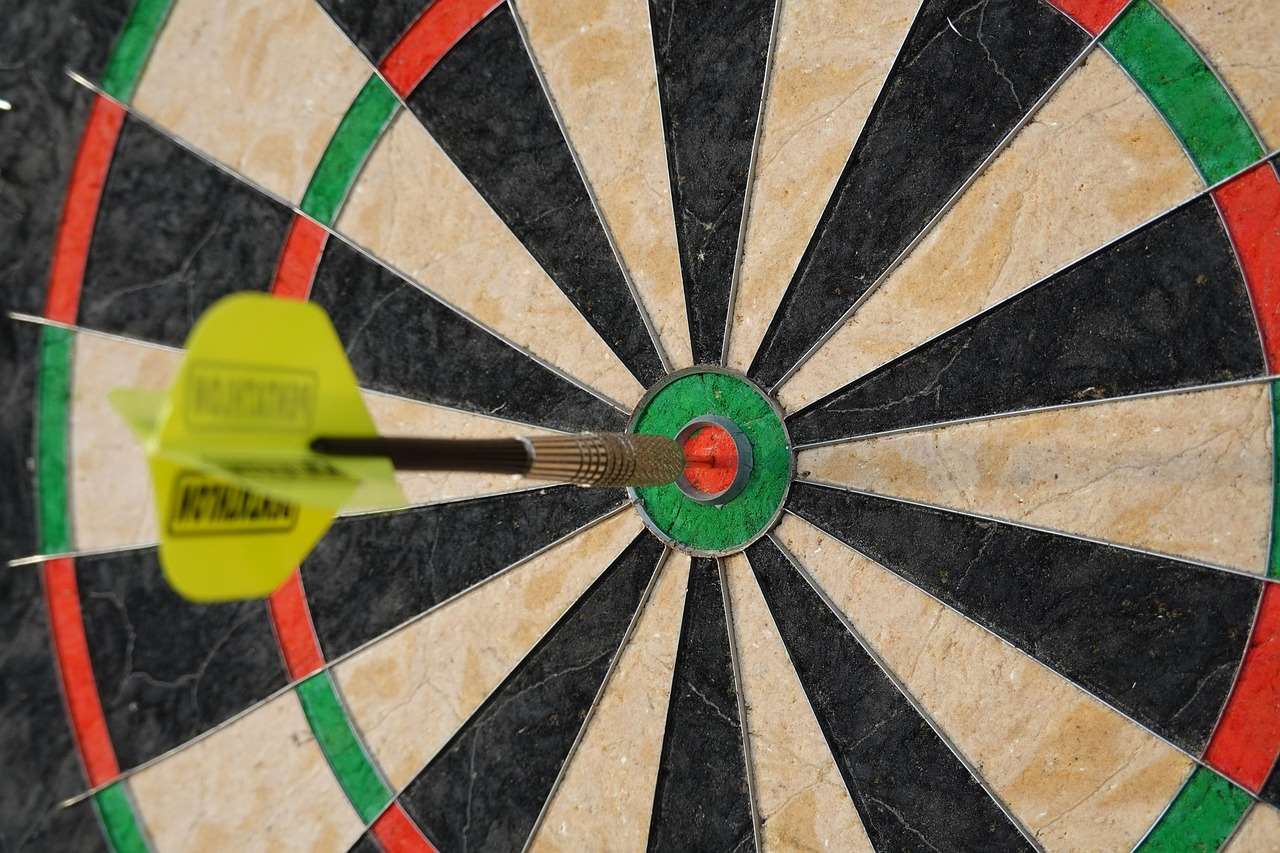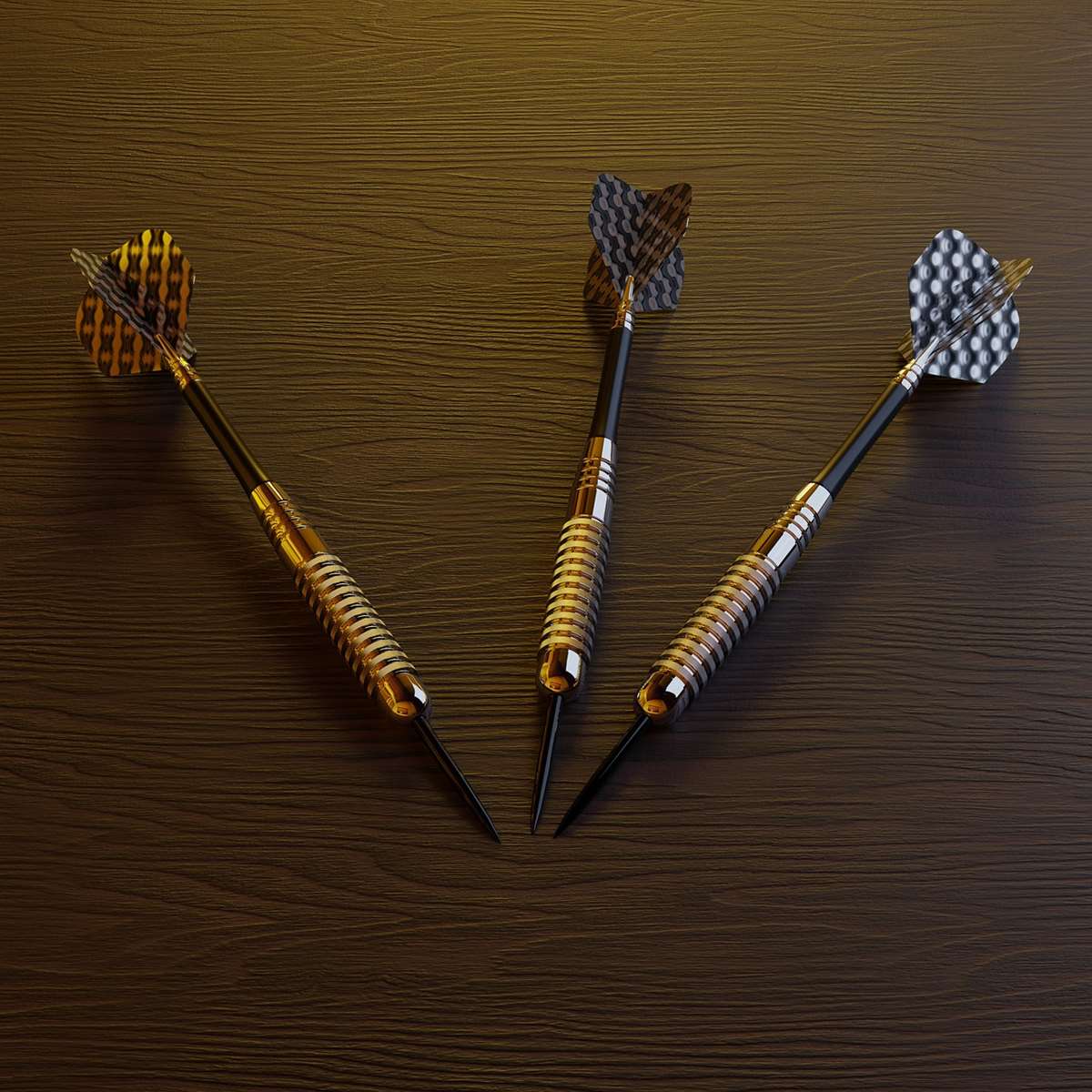Understanding the darts 501 rules bullseye is crucial for anyone wanting to play this popular game. In short, you start with 501 points and subtract points based on where your darts land on the board; the first player to reach exactly zero wins. This article will delve deeper into the rules, strategies, and common misconceptions surrounding darts 501 rules bullseye, equipping you with the knowledge to become a better player.
⚠️ Still Using Pen & Paper (or a Chalkboard)?! ⚠️
Step into the future! The Dart Counter App handles all the scoring, suggests checkouts, and tracks your stats automatically. It's easier than you think!
Try the Smart Dart Counter App FREE!Ready for an upgrade? Click above!
Before we dive into the intricacies of darts 501 rules bullseye, let’s cover some basic terminology. Understanding the different scoring segments on the dartboard is paramount to success. Familiarize yourself with the single, double, and treble values for each number, as well as the crucial bullseye and outer bullseye. Mastering these scoring zones is key to developing a winning strategy. This is also helpful in understanding other aspects of the game, such as darts finishing rules and how to use a Dart game scoring app.
The game of 501 uses a standard dartboard with numbered segments and the inner and outer bullseyes. Each segment carries its corresponding point value, and the bullseye is worth 50 points while the outer bullseye is worth 25. This point system forms the foundation of darts 501 rules bullseye.

Understanding Darts 501 Rules Bullseye: A Step-by-Step Guide
The objective in 501 is simple: be the first player to reduce their starting score of 501 points to exactly zero. However, the path to zero is where the complexity lies. Let’s break down the steps:
- Start with 501 Points: Each player begins the game with 501 points.
- Three Darts per Turn: Each player takes turns throwing three darts at the board.
- Subtract Points: After each turn, the player adds the values of the segments their darts hit and subtracts that total from their running score.
- Aim for Zero: The key to winning is strategic scoring. It’s crucial not to go below zero. If a player’s score goes below zero after a turn, that turn is invalid, and the score is reverted to what it was before the turn. This is a common mistake among beginners. This is why understanding dartboard values is so important.
- Finishing on a Double or Bullseye: The final dart must land in a double segment (double 1-double 20) or the bullseye (inner or outer) to ensure the player’s score is exactly zero. This is a critical rule in darts 501 rules bullseye. If a player doesn’t finish the game on a double or bullseye, their score will remain at what it was before they threw the final dart.
- Game is Won: The first player who manages to achieve a score of exactly zero, concluding their turn with a double or bullseye, wins the game.
This is the core essence of darts 501 rules bullseye. While seemingly straightforward, mastering this game requires skillful throws, strategic planning, and a bit of luck. Remember that consistent practice and an understanding of your opponent’s gameplay are key.
Knowing how to accurately calculate your score on the fly is equally important. You can make this simpler with a dedicated Dart game scoring app. It allows for efficient tracking and calculation of scores, ensuring smoother gameplay. There are also other resources that help with understanding things like the darts was ist ein leg and related aspects.

Strategies for Mastering Darts 501 Rules Bullseye
Planning Your Throws:
Don’t just throw darts randomly! Develop a strategy. Think about how many points you need to score and which segments will get you closest to a finishing double or bullseye. This requires careful planning and a good understanding of the darts 501 rules bullseye and how to hit your target. Getting familiar with a dartboard npq layout will significantly help in this regard.
The Importance of Checkout Combinations:
Learning common checkout combinations—sequences of scores that lead to a double or bullseye finish—is vital. Practicing these will improve your speed and reduce errors significantly. For example, knowing how to finish on 170, 160, or 121 gives you valuable options in the endgame. Darts in target practice is essential for mastering this strategy.
Practicing Your Aim and Consistency:
Consistency is key. You’re less likely to need a dartboard on door if you practice frequently. You need to be able to consistently hit your target numbers, especially under pressure. Regular practice helps improve accuracy and build confidence.
Understanding Your Opponent’s Play:
Observe your opponent’s throwing style and strategies. If they consistently miss certain areas of the board, you can use that to your advantage. Analyze their finishing style, and anticipate their approach to the final throws. This is especially relevant if the game involves a darts triple robin hood.

Common Mistakes to Avoid in Darts 501
- Busting: Going below zero. This is a critical mistake to avoid. Remember, the last dart must always hit a double or bullseye.
- Poor Aim: Lack of focus on target segments can lead to inconsistencies.
- Lack of Strategy: Throwing without a plan, especially towards the end of the game, can cost you dearly.
- Ignoring Checkout Combinations: Not practicing and learning checkout combinations limits your finishing options.
- Overconfidence: Overconfidence can lead to careless throws.
Avoiding these mistakes is important for successful gameplay under the darts 501 rules bullseye. Regular practice, combined with an understanding of these rules and strategies, will help to significantly enhance your game.
For those interested in professional darts, checking out today’s schedule for pl darts tonight could be motivating. Observing professional players can provide insights into high-level strategies and techniques.

Improving Your Darts 501 Game
Beyond understanding the darts 501 rules bullseye, consistent improvement requires dedicated practice and attention to detail. Here are some suggestions to elevate your game:
- Regular Practice: Consistent practice is the most effective way to improve your accuracy and consistency.
- Focus on Technique: Work on your grip, stance, and throwing motion. Even slight adjustments can make a big difference.
- Analyze Your Gameplay: Record your games to identify patterns of errors and areas for improvement. Understanding your weaknesses is crucial for growth.
- Study Professional Players: Observe professional darts players to learn techniques, strategies, and checkout combinations from the best.
- Join a Darts League: Joining a darts league provides valuable experience and an opportunity to learn from other players.
Remember, mastering the darts 501 rules bullseye is a journey, not a destination. Continuous learning and improvement are key to becoming a skilled player.
Understanding the heaviest darts in pdc and their impact on gameplay is also a point to consider.

Conclusion
This comprehensive guide to darts 501 rules bullseye has provided you with a solid foundation for playing and improving your game. Remember the importance of understanding the scoring system, practicing checkout combinations, and analyzing your gameplay to identify areas for improvement. By understanding these rules, strategies, and common mistakes, you’ll be well on your way to mastering the game and experiencing the thrill of hitting that final double or bullseye to win! So grab your darts, head to the board, and start practicing! And don’t forget to check out Target Darts January Launch for the latest equipment updates!
Hi, I’m Dieter, and I created Dartcounter (Dartcounterapp.com). My motivation wasn’t being a darts expert – quite the opposite! When I first started playing, I loved the game but found keeping accurate scores and tracking stats difficult and distracting.
I figured I couldn’t be the only one struggling with this. So, I decided to build a solution: an easy-to-use application that everyone, no matter their experience level, could use to manage scoring effortlessly.
My goal for Dartcounter was simple: let the app handle the numbers – the scoring, the averages, the stats, even checkout suggestions – so players could focus purely on their throw and enjoying the game. It began as a way to solve my own beginner’s problem, and I’m thrilled it has grown into a helpful tool for the wider darts community.